Do you want to learn more about Imbolc and the Wheel of the Year? Then read on to find out what we as a family have been doing to explore these seasonal celebrations and for some ideas on ways you can also take part.
Blessed Brigid comest thou in, And bless this house and all within.
Imbolc (Imbolg), is an Ancient Traditional Irish Fire Festival, also know as a Cross Quarter Day. It is one of eight fesitivals in the Wheel of the Year. Imbolc, pronounced ‘Im-ulk’ (rhyming with bulk) brings a celebration of the approaching spring. Celebrated on Feburary 1st and 2nd, for some people it will seem too early to be celebrating spring, however if you are watching nature you may have seen evidence of springs coming even before now.
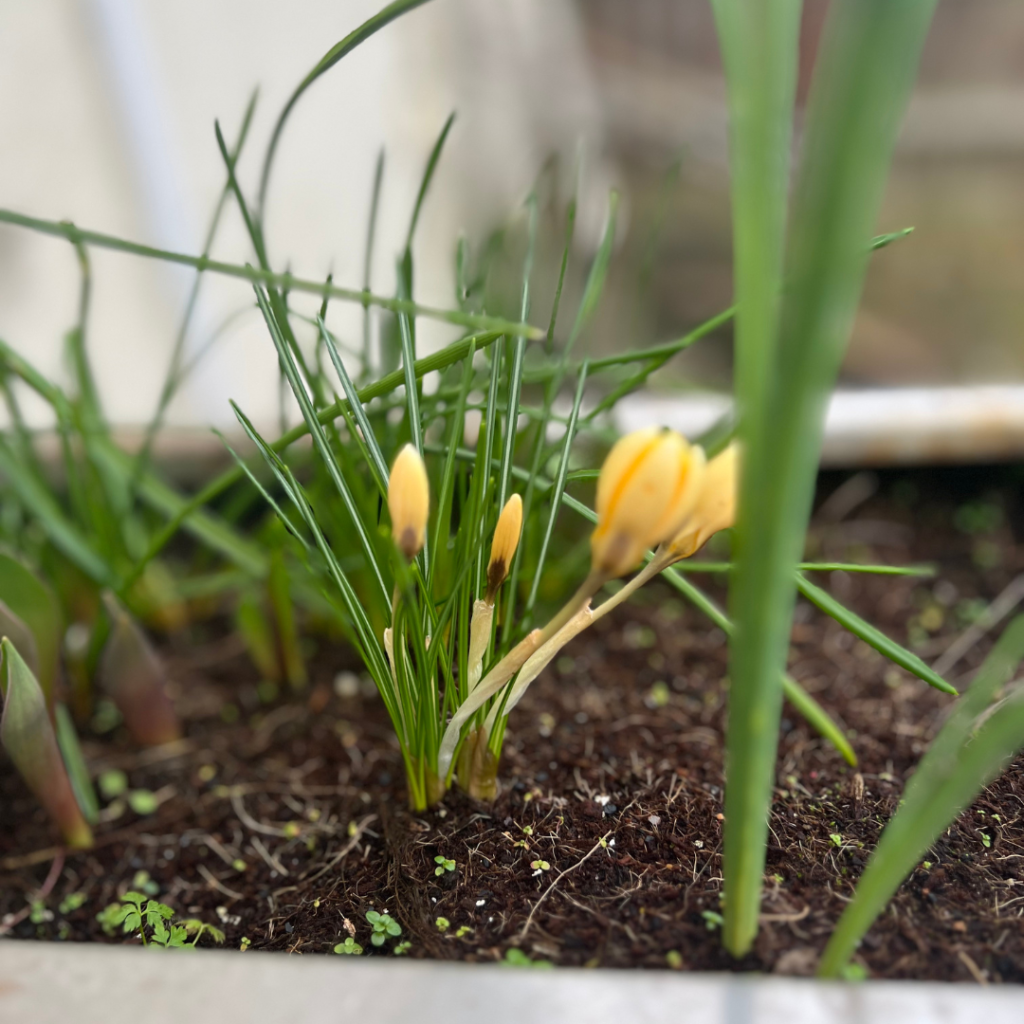
In this blog post, I will provide details on some activities my children and I have taken part in over the years to help us learn more about Imbolc and the Wheel of the Year. However, I have to tell you I have been learning all about it alongside them as it was not something I was even aware of as a child growing up or in fact for most of my adult life! So before I introduce the activities let’s understand the significance of Imbolc, the Wheel of the Year, and the magic of seasonal celebrations.
THE WHEEL OF THE YEAR:
The Wheel of the Year is a symbolic representation of the changing seasons, consisting of eight major festivals or Sabbats. Imbolc, positioned between the winter solstice and the spring equinox, marks the first stirrings of spring. The Wheel of the Year invites us to connect with nature’s cycles and embrace the magic inherent in the ever-turning seasons. I have been learning about The Wheel of the Year for a long time and started making this drawing back in 2019 when I first decided I wanted to take a more proactive approach to connecting with my roots and honoring the changing seasons with my family.
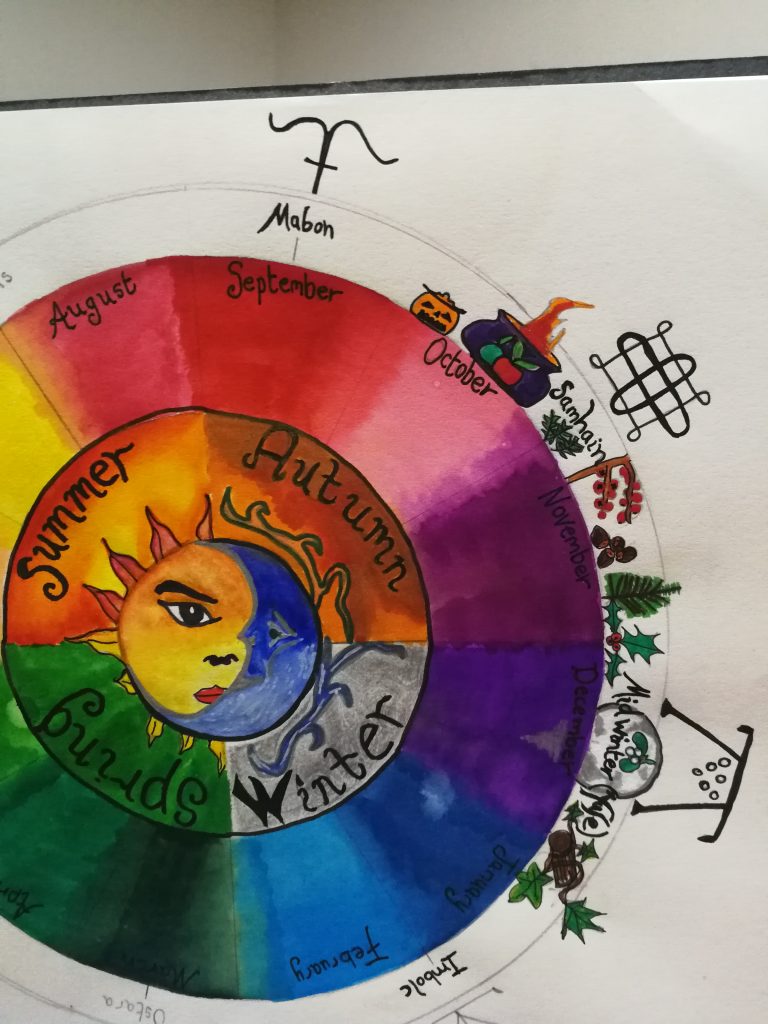
IMBOLC: A FESTIVAL OF AWAKENING:
Imbolc, celebrated around February 1st or 2nd, heralds the awakening of the earth as it emerges from winter’s slumber. It is a time to honor the Goddess Brigid, associated with healing, inspiration, and the creative spark. Imbolc invites us to witness the first signs of spring and kindle the flame of hope for the coming season. Imbolc is celebrated at the same time as St. Brigid’s Day and Candlemas.
St. Brigid’s Day
St. Brigid is closely associated with Imbolc due to the overlap of historical and cultural traditions in Ireland. Imbolc is a Celtic festival dedicated to the Goddess Brigid, who embodies the changing season and the awakening of the earth. When Christianity spread through Ireland, St. Brigid, a prominent figure in Irish Christian history, became associated with the festival due to the similarities in name and the shared themes of light, fertility, and the arrival of spring.
St. Brigid’s Day, celebrated on February 1st, aligns with the pagan festival of Imbolc. St. Brigid herself is considered a bridge between the two belief systems, blending aspects of the goddess Brigid with Christian virtues. The customs associated with St. Brigid’s Day, such as weaving Brigid’s crosses and engaging in acts of kindness, are reminiscent of both Celtic and Christian traditions, symbolising the continuity of cultural practices across different periods in Ireland’s history.
Candlemas
Candlemas, also known as the Feast of the Presentation of Jesus Christ and the Feast of the Purification of the Blessed Virgin Mary, is a Christian celebration observed on February 2nd. It holds historical and religious significance as it commemorates the presentation of Jesus at the Temple and the purification of Mary, following Jewish customs. Candlemas is often associated with the blessing of candles, symbolising the light of Christ illuminating the world. Interestingly, the timing of Candlemas aligns closely with the pagan festival of Imbolc, a Celtic celebration marking the halfway point between the winter solstice and the spring equinox. Both Candlemas and Imbolc share themes of light, purification, and the anticipation of the coming spring. This intersection reflects the historical blending of Christian traditions with earlier pagan practices, illustrating the interconnectedness of cultural and religious observances throughout history.
IMBOLC ACTIVITIES
Now that we’ve touched on the history of Imbolc and the Wheel of the Year and related celebrations, let’s discuss some Imbolc inspired activities. These activities aim to provide a holistic understanding of seasonal celebrations, their cultural significance, and the rituals associated with Imbolc.
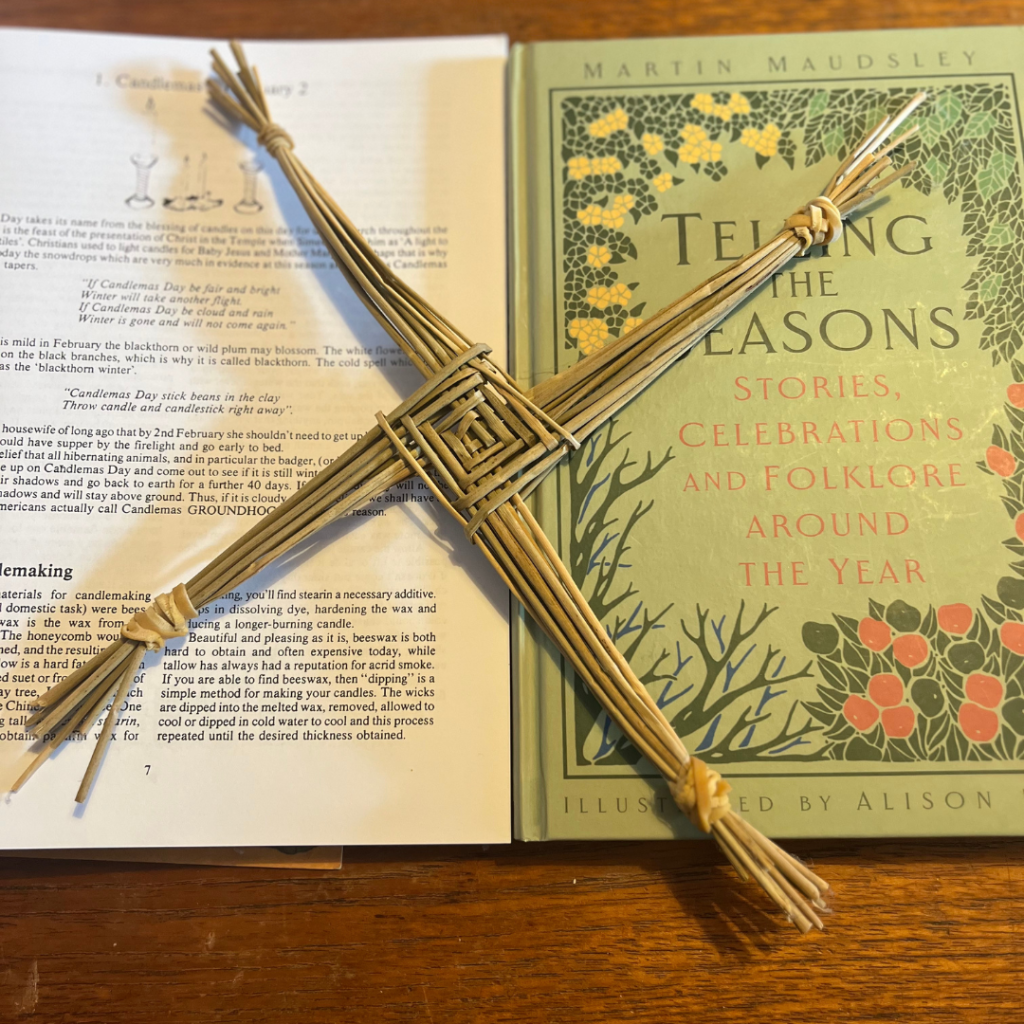
Here’s a list of activities to choose from during Imbolc:
- Make Brigid’s Crosses: Engage in the traditional craft of making Brigid’s crosses from straw or rushes, symbolising protection and blessings for the home.
- Light Candles: Illuminate your space with candles to honor the increasing daylight and symbolise the return of the sun’s warmth.
- Plant Seeds: Begin indoor gardening by planting seeds in pots or trays, representing the potential for growth and new life in the coming spring.
- Spring Cleaning: Declutter and clean your living space, symbolising the removal of stagnant energy and making way for fresh beginnings.
- Create an Altar: Set up a seasonal altar with items representing the elements of Imbolc, such as candles, symbols of light, and early spring flowers.
- Cook Seasonal Foods: Prepare a meal using seasonal ingredients such as dairy, grains, and early spring vegetables, celebrating the Earth’s bounty.
- Offerings to Brigid: Make offerings to Brigid, whether through prayer, meditation, or leaving small tokens on your altar as a gesture of gratitude.
- Nature Walk: Take a mindful walk in nature, observing the signs of early spring, such as budding plants and the awakening of wildlife.
- Perform Acts of Kindness: Embrace the spirit of Brigid by engaging in acts of kindness and generosity toward others.
- Write Poetry or Create Art: Express your creativity by writing poetry, painting, or crafting art inspired by the themes of Imbolc.
- Bless Your Home: Walk through your home, offering blessings and positive energy to each room. You can use sage or incense for purification.
- Invite Friends and Family: Share the celebration by inviting loved ones for a gathering, where you can collectively participate in Imbolc activities and share a meal.
- Imbolc Meditation: Practice meditation to connect with the energies of Imbolc, focusing on renewal, inspiration, and the awakening of nature.
- Stargazing: Spend some time stargazing to connect with the cosmic energies and appreciate the celestial beauty of the season.
Remember, Imbolc is a time of renewal and hope, so feel free to adapt these activities to suit your personal preferences and celebrate the season in a way that resonates with you. Please share your thoughts in the comments and let me know what additional activities you would include when learning about and celebrating Imbolc and embracing the magic of the Wheel of the Year.
This post contains affiliate links, which means Barefoot Bliss and Books make a small commission at no extra cost to you. See the full disclosure here.
Some Books I Recommend on Learning more about Celebrating the Seasons:
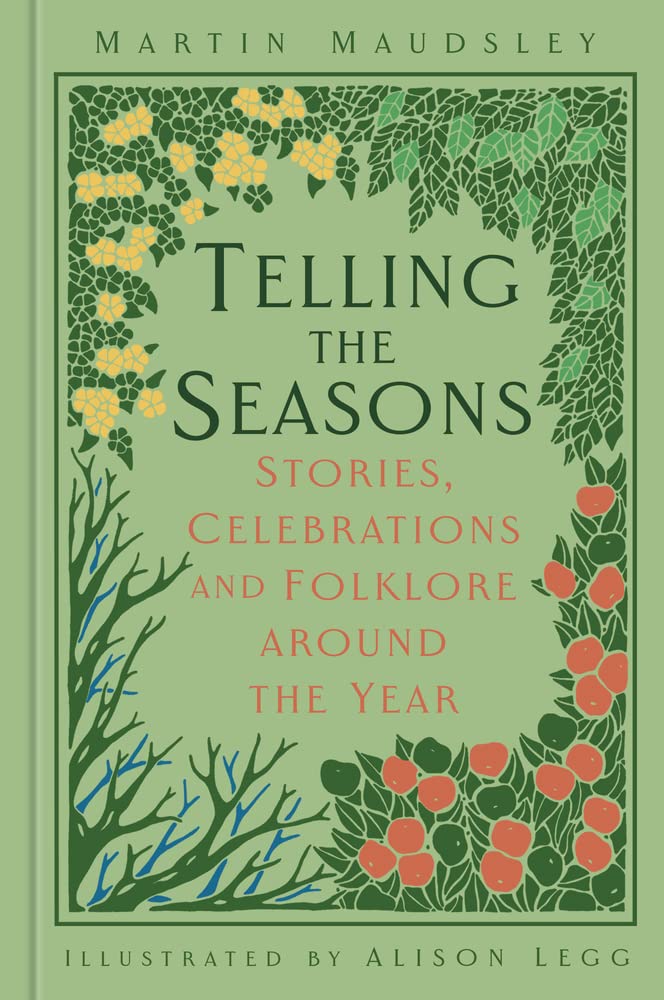
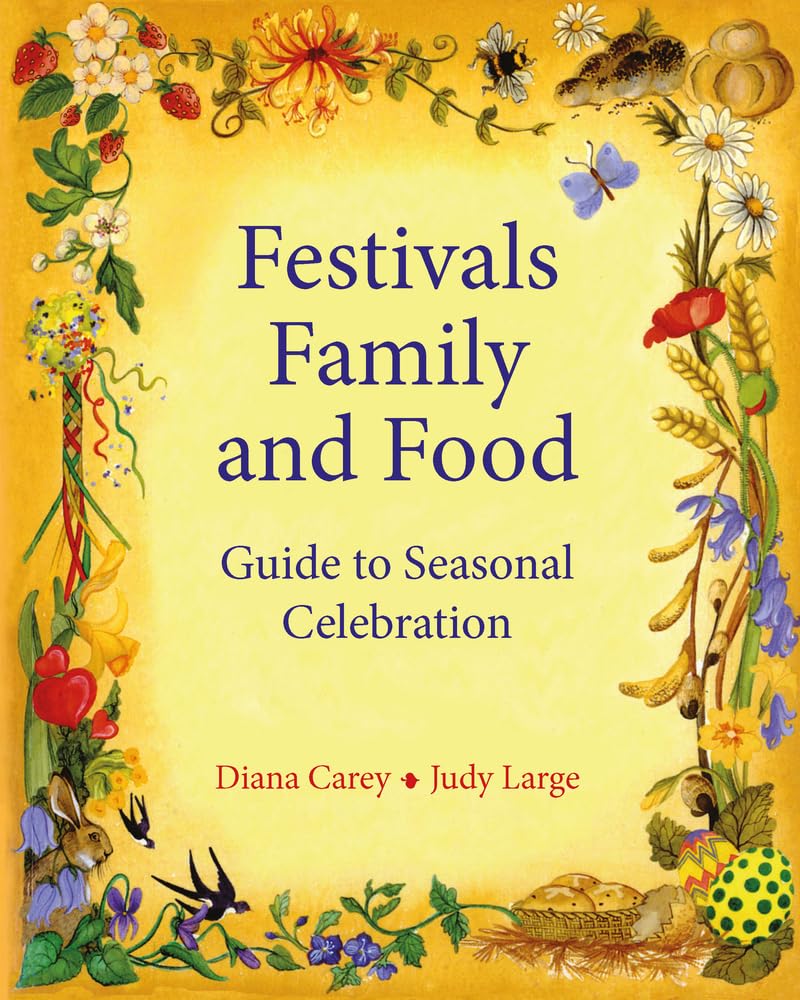
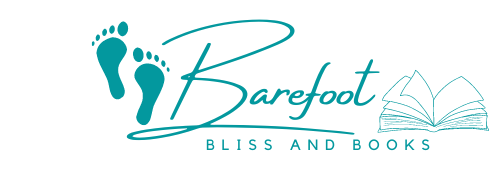
[…] and growth as we emerge from the darkness of winter into the light of spring. There are a lot of activities to choose from during Imbolc to take part in as a family and celebrate the changing […]